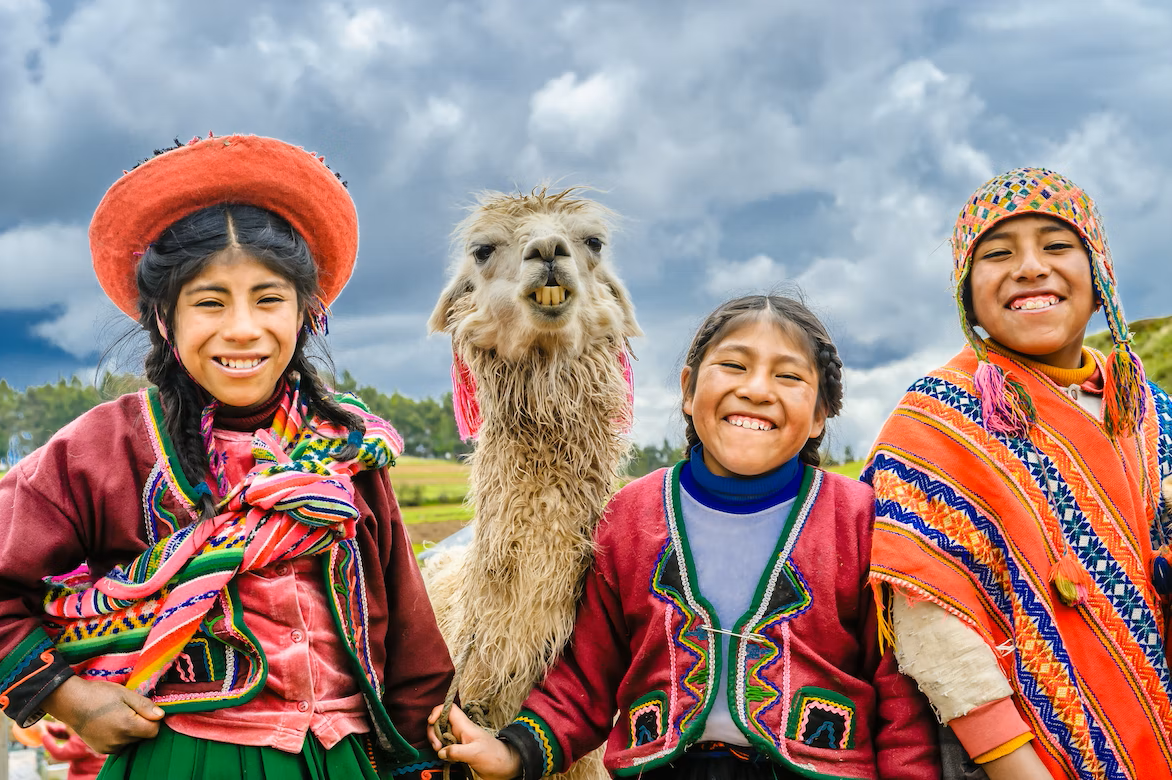Have you already been on a trip to Peru? If your answer is "no", then there is nothing to wait for! If you are nodding your head yes, let us surprise you anyway, and we promise that you will learn many interesting things about Peru that you had no idea about! Over 4 million tourists visit this country every year, and they can't be wrong! There are also those who willingly come back here, and even if previously the purpose of their trip was simply adventure, today it is more and more common to meet travelers who explore the country individually. Tailor-made trips to Peru are the best way to explore this fascinating South American country. It is also good to plan a trip that connects two countries - Peru with Colombia, Ecuador or Peru with its southern neighbor, Chile.
Peru is the most frequently visited country in South America and it is no wonder: it is a country rich in unique monuments, incredible history and an extremely interesting culture, which surprises with the amount of colors, excellent food and wonderful people. However, if you thought that the biggest tourist attractions in Peru are Machu Picchu, the Sacred Valley of the Incas and the Colca Canyon, then... you were right, but these are not the only important places. Let us take you on a individually designed holiday in Peru to experience the true essence of this country.
Sightseeing trips and individual trips to Peru with the best agency – how much does it cost and what can you expect?
It is very difficult to determine how much a tailor-made trip to Peru costs without specific information. The price depends on many factors, including: the date you want to go there, the number of people, the quality of accommodation, transport, what you plan to see and how much time you want to spend in Peru. The approximate price for the comfortable version and accommodation in 4* hotels is approximately USD 500 per day per person (does not include flights, attractions or transport to the destination). In the luxury version, it ranges from approximately USD 700 to USD 1000 per day per person. During your tailor-made holidays in Peru with a travel agency CARTER you will have the opportunity to use the help of a private guide and sleep in the best hotels, such as Miralfores Park in Lima, Belmond Monasterio in Cuzco or Sumac in Aguas Calientes.
And now to the point: what is worth visiting in Peru? Here's our list!
1. Cusco
Trips to Peru often start from this city. In Quechua, the name Cuzco means "navel of the world". Indeed, for the Incas this place was the center of the world, the capital of an impressive empire stretching from Venezuela to Chile and northern Argentina. In Cusco there was the palace of Sapa Inca, the name used to describe the main ruler. Cuzco experienced its period of splendor in the mid-15th century, when it was expanded and made the capital by the ruler Pachacutec. In the first half of the 15th century, Cuzco was conquered by the troops of Francisco Pizarro, and after a few years it burned almost completely during the Manco Inca uprising. The Spanish rebuilt Cuzco according to Old World guidelines. It is to them that the old town owes its current shape: the street layout, colonial churches, administrative and public buildings.
The symbol of Cuzco is the cathedral, whose construction began in 1560. The church was built on the site of the former palace of Viracocha, one of the legendary Inca rulers. In Cusco and the surrounding area we can still find many buildings and ruins from pre-Columbian times. The most impressive is Coricancha, the temple of the Sun, the coronation burial place of Inca rulers. The monumental complex was created from perfectly matched, gigantic rock blocks. In the central part there was the Golden Courtyard - a garden composed of pure gold images of plants and animals with a total weight of the ore estimated at 1600 kilograms and currently worth more than 30 million dollars. These treasures were looted by the conquistadors, and the temple, which was practically impossible to destroy, was transformed into the Monastery of St. Saint, which still exists today. Dominica.
But Cusco is not just about its monuments. Visiting Peru is also, and perhaps above all, about the people. Descendants of the Incas often wear traditional clothing, which adds color to the place and emphasizes the folkloric aspect, important for every seasoned traveler. In addition to visiting one of the best restaurants in the country, such as MAP, it is worth going to the bustling market, buying fresh fruit or drinking cold Cusqueni, the local beer, in the company of locals. Cusco is also a great base for exploring the area: the ruins of Sacsayhuamán, the Sacred Valley of the Incas and Vinicunca - the rainbow mountain.
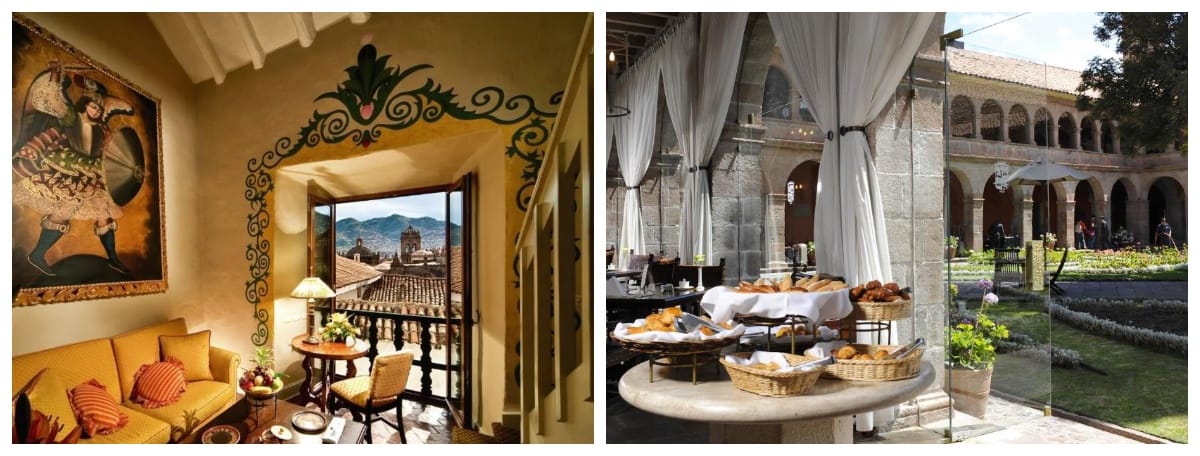
2. Sacred Valley - Sacred Valley of the Incas
The Urubamba River Valley is located north of Cusco. In the past, considered the core of the Inca Empire, currently, together with Machu Picchu and Cuzco, it constitutes the tourist power of the region. Many Inca settlements, citadels and temples were built along the picturesque valley, surrounded by mighty mountains. The most popular ones are: Ollantaytambo and Pisac. During your stay in Pisac, it is worth visiting a local shaman, making gifts to Pachamama, and going to the market, where barter trade is still popular. Another important place in the area is Maras - a complex of salt pans created in the times of the Inca. There are over 5000 of them, and salt is still extracted from some of them to this day. The location on a steep mountain slope makes this place quite a tourist attraction. Moray is a nearby archaeological complex consisting of giant, concentric circles that function as agricultural terraces. The largest of them is 30 meters deep.
During a trip to Peru to the Sacred Valley of the Incas, you will find many of the best hotels in Peru: Belmond Rio Sagrado, Sol y Luna and Inkaterra Hacienda Urubamba. It is worth staying here for a longer time, absorbing the peace, natural beauty and mystical atmosphere of this place. Once we decide to continue our journey, we can take a train from Ollantaytambo within two hours to Aguas Calientes, where the tour of Machu Picchu begins. The Inca Trail, the most popular trekking trail in South America, often mentioned as one of the most beautiful in the world, also begins in the Sacred Valley. Depending on the version chosen, hikers reach Machu Picchu in two or four days, passing many Inca ruins and small villages along the way, where the main occupation is still growing corn and breeding llamas and alpacas.
3. Machu Picchu
Everyone has probably heard this name before. The largest symbol of Peru and one of several emblematic places on the map of South America. In 2007, it was declared one of the New Seven Wonders of the World. Located just over 100 kilometers from Cusco, the ruins are the best-preserved remains of the Inca city. Machu Picchu was built in the XNUMXth century, during the reign of Sapa Inca Pachacuti. To this day, it is not entirely clear what function it served. Some consider it a royal estate because it was the palace of the supreme ruler, while others point to its defensive and economic role. In the mid-XNUMXth century, Machu Picchu was suddenly abandoned, probably due to the conquest of most of the Inca empire by the conquistadors. However, Pizarro and his soldiers never found the citadel, which was probably due to the inaccessible location and the distance between Machu Picchu and other important cities in the region.
At the beginning of the 19th century, they were discovered by an American scientist, Hiram Bingham. Today, the most luxurious train running between Cusco and the town of Aguas Calientes located at the foot of the ruins bears his name. It is difficult to imagine that Machu Picchu would leave any tourist indifferent. Apart from its unique history, what makes it unique is its location. It is located on a steep mountain ridge, surrounded by the Urubamba River winding several hundred meters below, with mountains covered with dense vegetation in the foreground and rapacious, snow-capped peaks in the distance. It is best to admire them from two peaks towering over the citadel - Huayna Picchu or Montana Machu Picchu. Guests wishing to spend the night in the area can stay at one of the luxury hotels: Belmond Sanctuary Lodge (overlooking Machu Picchu), Inkaterra Machu Picchu or Sumaq MP.
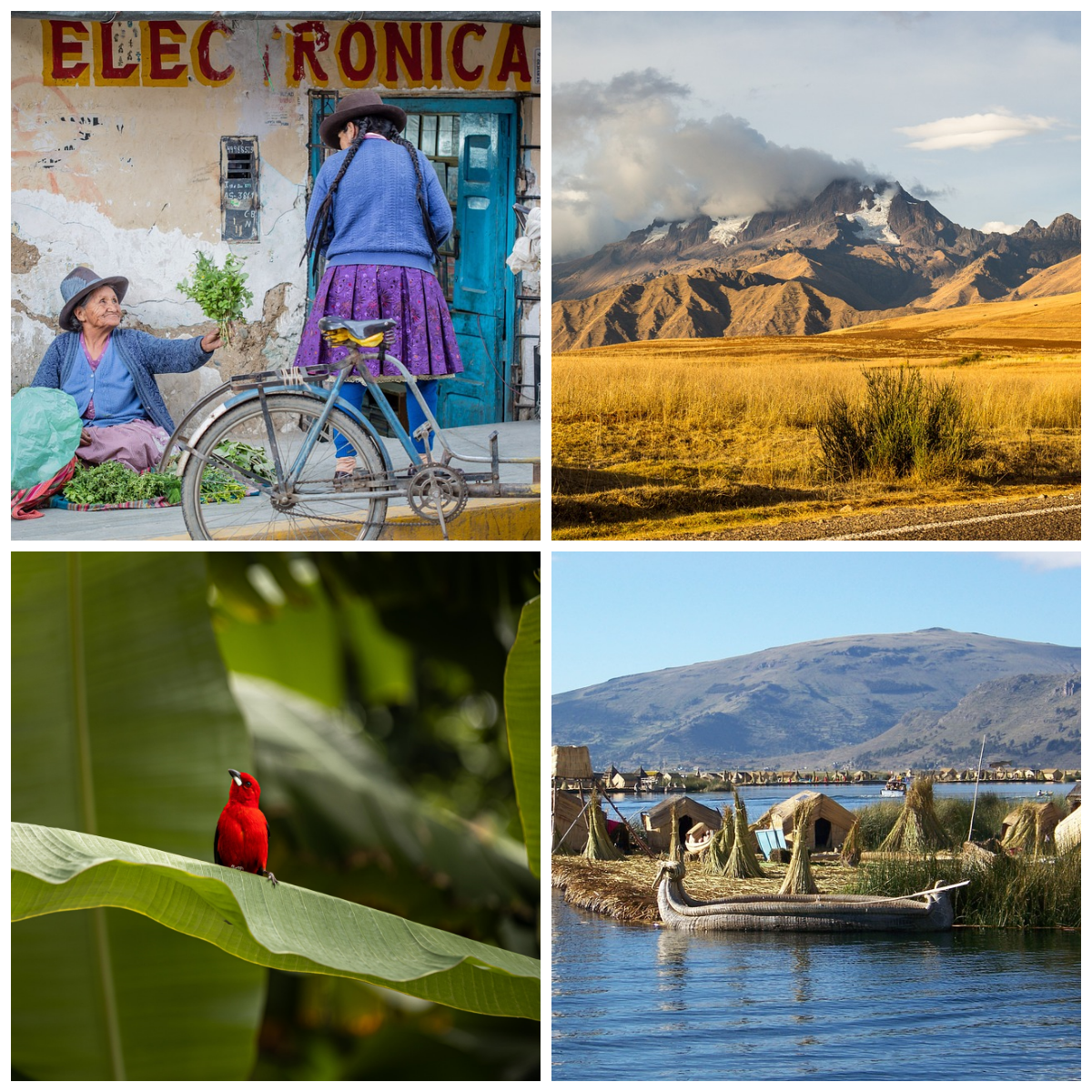
4. Lima – the gastronomic capital of the world
During your tailor-made trip to Peru, you will also reach Lima. Peru is the culinary treasure of South America, and Lima is the heart of gastronomic paradise. Since pre-Columbian times, food has been considered the most important thing for humans in Peru. IN Lima and on the coast, mainly fish and seafood are served, and the flagship dish is ceviche, i.e. raw fish with lime juice, seasoned with coriander and spices. The national drink, in turn, is pisco sour. In 2013, Peruvian food won its first Michelin star, thanks to the London restaurant Lima, and since then Lima has been "on the radar" of foodies.
What can the capital of Peru offer us, apart from delicious restaurants? Monuments for sure. Like the Metropolitan Cathedral of St. John the Evangelist. It is one of the oldest churches in South America. The cornerstone for its construction was laid by Francisco Pizarro himself. His tomb is located in the catacombs of the cathedral and is a popular destination for tourists visiting the city.
During your stay in Lima, it is also worth visiting the seaside districts: Miraflores, affluent, full of boutique shops, shopping malls, restaurants, as well as cultural centers such as operas and theaters; and Barranco, inhabited by artistic bohemia and famous for its phenomenal murals. History lovers should include a visit to the Larco Museum, which has a gigantic collection of pre-Columbian art exhibits, in their sightseeing program.
5. Nazca Lines
One of the most interesting and mysterious attractions in Peru. The Nazca drawings are a group of geoglyphs carved in the Sechura Desert in the southern part of the country. The drawings depict plants, animals and geometric figures. They measure from 400 to 1100 meters in length. Due to their size, it is best to observe them during a plane flight. The drawings were created between 300 BC and 900 AD. They were made by the Nazca Indians. There are many ideas about what they were intended for. Scientists believe that they were used as a calendar determining the specific position of the stars during the year, thus determining the time of sowing and harvesting. Another theory talks about a religious function, and the most amazing one considers the Nazca Lines to be a landing site for aliens. Get ready for extraordinary memories here - individual holidays in Peru to such extraordinary places in Peru as Nazca will remain in your memory forever!
6. Arequipa
The second largest city in Peru, it is often considered its artistic capital. The largest galleries and museums are located in Lima, but many important artists live or have lived in the smaller and picturesque Arequipa. It is also called the White City, due to the color of the old town buildings, or the City of Volcanoes, due to its location. Located at an altitude of 2326 m above sea level, in the Volcanic Cordillera, Arequipa is surrounded by three majestic volcanoes: Chachani, Misti and Pichu Pichu. The latter is considered a symbol of the city, because it is the closest and has a beautiful, perfectly pyramidal silhouette, which looks great on all kinds of souvenirs. It is best to admire it from a viewing point in the Yanahuara district, which is a popular destination for tourists admiring the colonial buildings and relaxing in atmospheric restaurants and cafes.
Must see in Arequipa, which is also called White city is the city's old town, inscribed on the UNESCO World Heritage List in 2000. Impressive are the Plaza Mayor, the main square of the city, the monumental cathedral occupying the entire side of the square, as well as the Monastery of St. Catherine. Arequipa is a great stop before traveling from Lima, Cusco or Puno to the Colca Canyon.
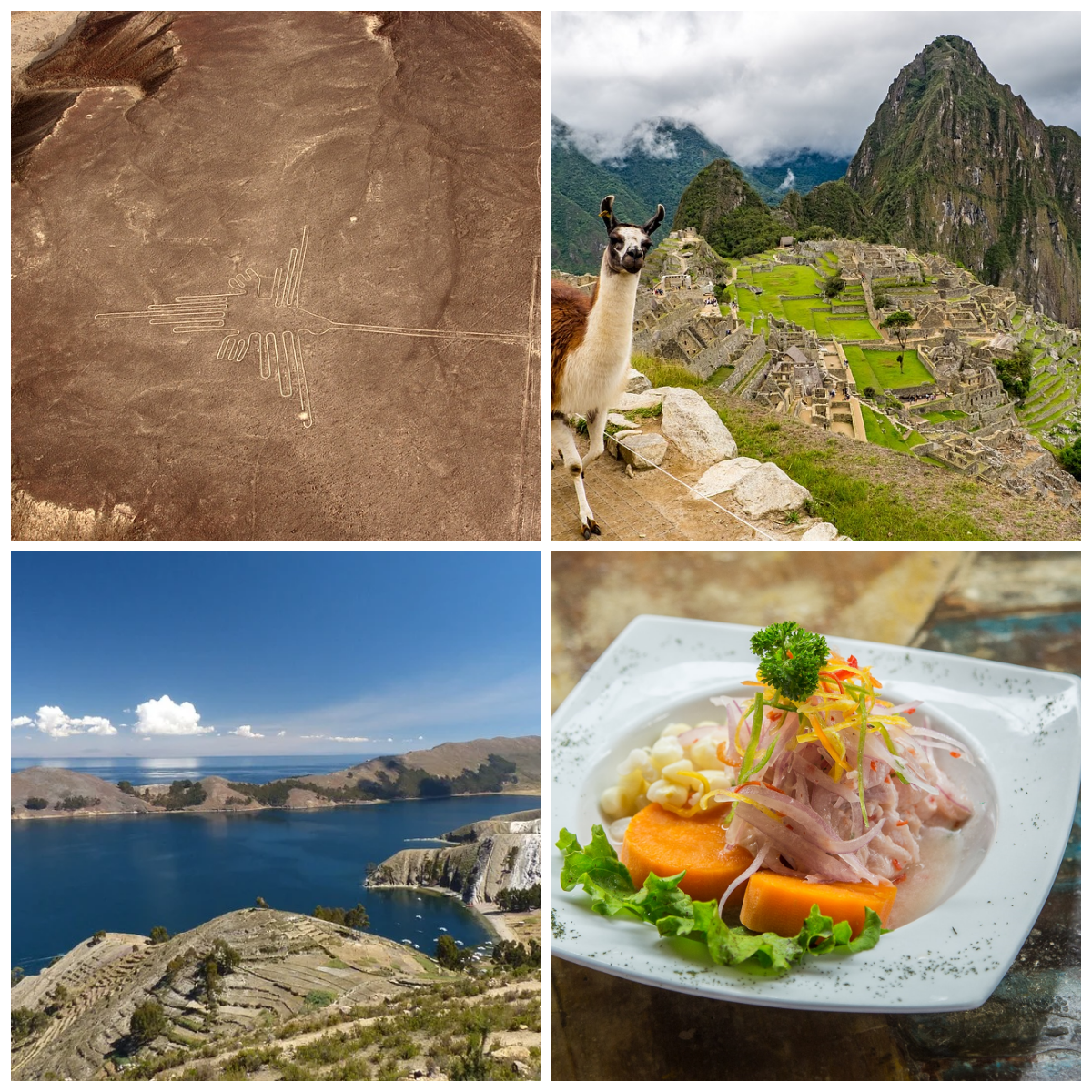
7. Lake Titicaca
The largest high-altitude lake in the world. It is the highest lake where commercial shipping takes place. Titicaca is also the largest lake in South America, and therefore also in Peru. Moreover, it is a symbol of both this country and the entire continent. Titicaca holds a very important place in the history and culture of the region. According to legends, Virakocza, the Aymara god-creator of the world, as well as the first Incas: Manco Capac and Mama Ocllo, were born on the Island of the Sun located on the lake. The island is still a sacred place for the Aymara and Quechua Indians living in the region.
There are many Inca monuments, small guesthouses and restaurants on the island for tourists. Other natural islands in the lake include Amantani and Taquile, both worth visiting on a one or two-day trip. In addition, there are over 40 artificial, floating islands on the lake, called Unrests. The islands made of reed have been inhabited by the Uros Indians for centuries, engaged in fishing. The easiest way to reach Lake Titicaca is by plane, choosing a flight to Puno, or by train. The luxurious Belmond Andean Explorer train runs on the Arequipa - Puno - Cusco route.
8. Colca Canyon
For those who are planning an active trip to Peru, we have something special: the Colca Canyon. It is located in southern Peru, about 100 km northwest of Arequipa. It is considered by many researchers to be the deepest canyon in the world. On one side, the walls rise to over 3000 and on the other to over 4000 meters above the level of the Colca River. The bottom of the canyon resembles a lunar landscape, covered with boulders and almost devoid of vegetation. Popular hiking destinations are the villages of Tapay, San Juan de Chuccho, as well as the Sangalle oasis with natural pools, where tourists can relax after a demanding trek.
Another popular place is Cruz del Condor, a viewing point where every morning you can observe Andean condors using air currents to glide between the sky-high rock walls. The wingspan of these majestic birds reaches three meters. The area around the Colca Canyon is often described as the most picturesque in the country. Outside the canyon itself, the multi-story agricultural terraces and snow-capped volcanic peaks are impressive. Nearby there are the peaks: Sabancay, rising to almost 6000 m above sea level, and Nevado Mismi and Nevado Quehuisha. The streams considered to be the sources of the Amazon River originate on the slopes of the last two.
9. Puerto Maldonado and the Tambopata reserve
Little Amazonia. If someone would like to combine a visit to Cusco or Lima with a stay in a luxurious lodge in the heart of the Amazon rainforest, they should go to Puerto Maldonado. The small city, with just over 70 inhabitants, is an ideal base for trips to the jungle. The Madre de Dios, one of the largest rivers of the Amazon basin, flows through Puerto Maldonado. There are interesting protected areas in the area: Tambopata Reserve and Manu National Park. The latter is especially worth attention, as it covers an area with a varied terrain, from the Eastern Cordillera of the Andes to the lowland rainforest. These areas are united by incredible biodiversity. Suffice it to say that there are over 000 species of birds in Manu, which constitutes 1000/1 of the world's avifauna.
In the Puerto Maldonado region, we offer stays in luxurious lodges such as Inkaterra Reserva Amazonica or Reserva Tambapota Lodge. The most common activities undertaken by our guests include observing wild animals such as ocelots or sloths, trekking in the rainforest and kayaking trips to oxbow lakes inhabited by, among others, through the cayman islands. It is also worth mentioning the blissful relaxation in a hammock, from where you can listen to the concert of cicadas and watch the fireflies twinkling in the bushes.
10. Ballestas Islands - "Little Galapagos"
A group of small islands located several kilometers off the coast of Peru. The easiest way to get there is from the town of Paracas. The islands are observed during a boat trip. There are colonies of penguins and sea lions. Pelicans also like to visit them. We recommend our guests to combine a visit to Islas Ballestas with a stay at the Paracas hotel, part of the Luxury Collection. Luxury trips to Peru are not difficult at all: in two or three days you can organize a cruise to Islas Ballestas, a plane flight over the Nazca Lines, and a visit to the Huacachina oasis, where adventure-seeking tourists try sandboarding. Paracas is three hours away from Lima via the Pan-American route. In the area there is also the town of Pisco, from which the famous drink probably took its name.
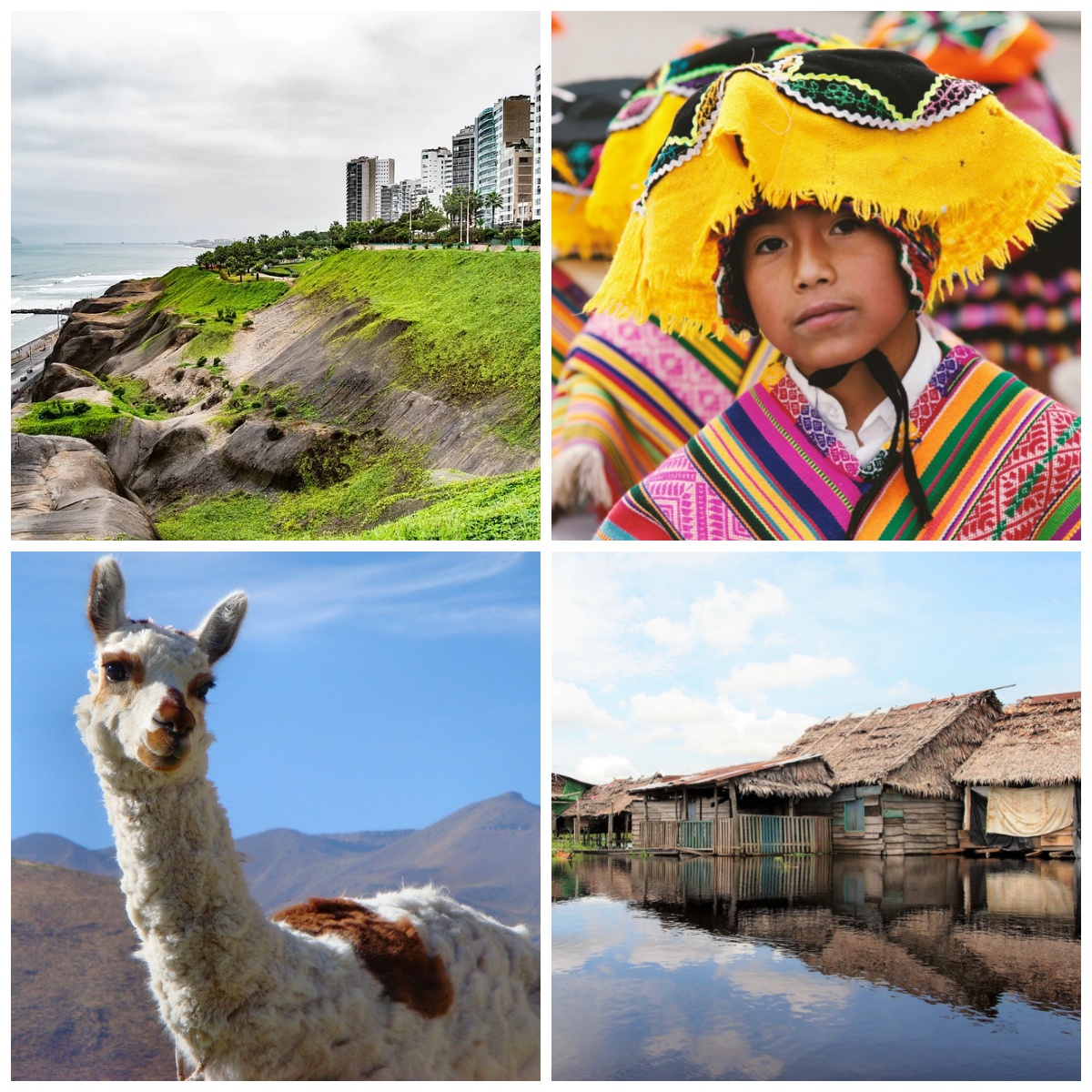
11. Trujillo
It is the third largest city in Peru. Tourists will certainly be interested in the colonial city center with the colorful Plaza Mayor, as well as the local market full of fresh products: fruit, vegetables, fish and meat. However, Trujilo is primarily a base for visiting the Chan Chan ruins. Founded around 850, the city was the capital of the Chimu Empire, which originated from the Moche civilization. Historians agree that Chan Chan is the largest South American city of the pre-Columbian era. In the mid-30th century, before the Chimas were conquered by the Inca, 000 people lived there. The climate on the coast was then wetter, and the Chicama and Moche rivers supplied the region with water year-round.
Today, Chan Chan is the ruins of temples-citadels built of adobe bricks. There are also the remains of two pyramids nearby - Huaca del Sol and Huca de la Luna. The construction of the pyramids, over 40 meters high, began at the beginning of our era and continued for the next six hundred years. The walls of the pyramids were covered with frescoes, and administrative buildings were built on the flat top. In addition, the pyramids had religious and scientific functions, for example, as astronomical observatories. The buildings, like Chan Chan, were built using adobe bricks and are the largest structures of this type in the Americas.
12. Iquitos
Iquitos is the capital of Loreto - the largest Peruvian region, part of the Amazon. It has approximately 400 inhabitants and is the largest city in the world to which no road or railway track leads. Founded in the late 100th century as a Jesuit mission, it reached its heyday nearly 50 years later, when the rubber fever broke out in South America. The main export center of this desired raw material, next to Brazilian Manaus, was Iquitos. Entrepreneurs and adventurers flocked to the city, and trading posts, hotels, restaurants and theaters were established. Currently, the city still profits from the rubber trade, but it is increasingly focusing on tourism. Iquitos is considered the gateway to the Amazon. From there, precisely from the port city of Nauta located XNUMX kilometers to the south, luxury ships exploring the Amazon basin begin their cruise.
This largest river in the world is formed by the union of the Maranon and Ucayali rivers. Between them is the Pacaya Samiria reserve, which is the destination of most expeditions. The reserve covers over 2 million hectares, making it the second largest protected area in the Amazon. The biodiversity of this place is unique in the entire world. There are over 130 species of mammals, 330 species of reptiles and amphibians and over 200 species of fish. The most famous representatives of the world of fauna are the anaconda, the macaw parrot, the toucan, the tarantula and the Amazon sotalia - a species of pink, freshwater dolphin, as well as the Amazon arirania - a large otter. Amazonia also means tribes of Indians cut off from the world, the cries of monkeys frolicking in the treetops, stunning sunrises and sunsets, and, finally, the peace that man achieves in contact with nature.
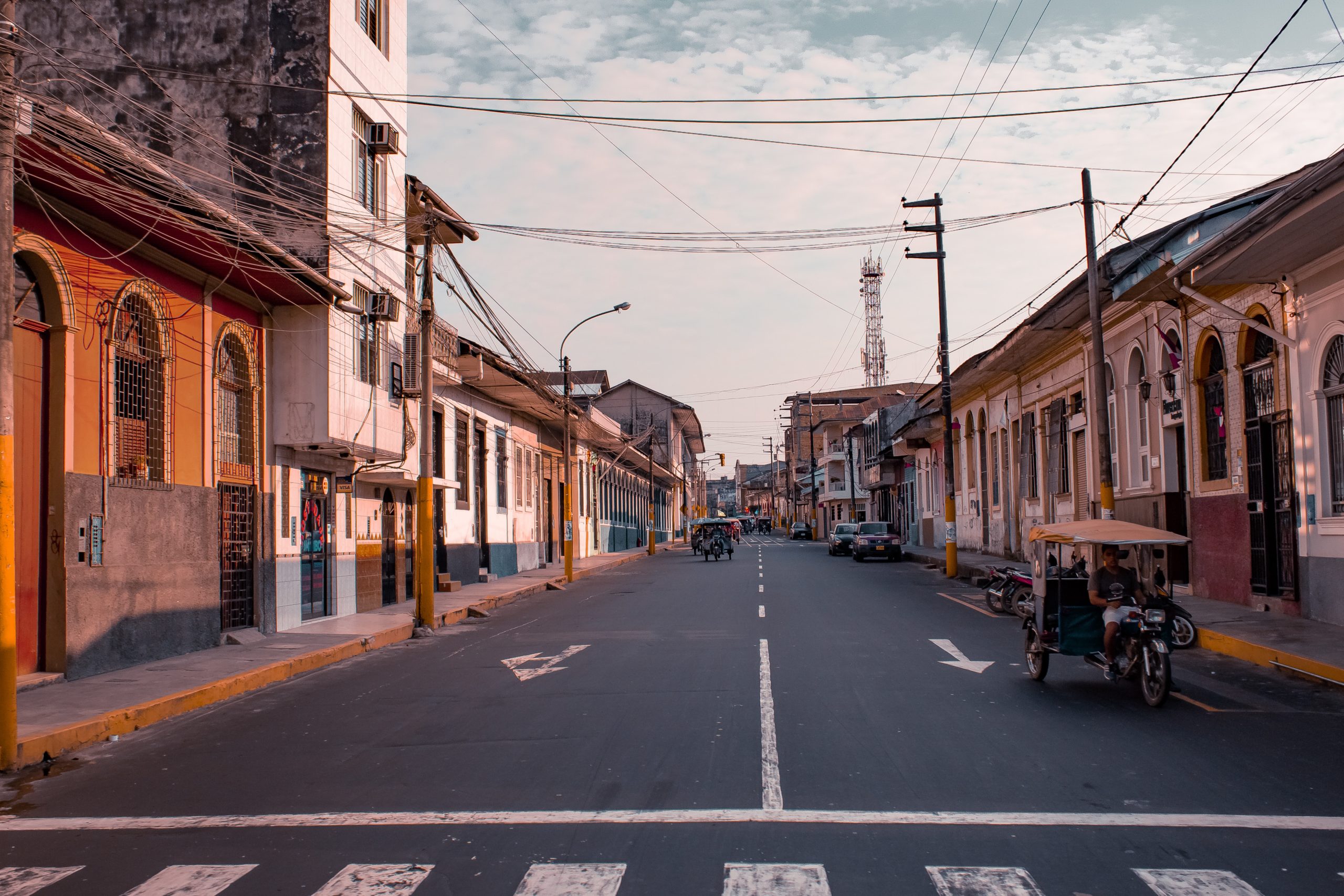
13. Mancora
It is a small tourist enclave located on the north-west coast of Peru, which attracts primarily beachgoers, surfing enthusiasts, nature lovers and interesting nightlife. This resort is considered one of the most important on the Peruvian coast. The town is also known for its hot springs and mud baths that are beneficial for the body. All the above factors make Mancora a mecca for people looking for mental relaxation and lazy rest. Those of you who love eternal summer will find their paradise here: the average annual temperature in Mancora is as much as 29 degrees Celsius!
14. Aguas Calientes
It is a village in Peru with a large, beautiful natural park consisting of caves, giant rock formations and a beautiful lagoon. Aguas Calientes means "hot waters" in Spanish and is located just 45 kilometers from the capital, Lima. Here you can take a walk across thirteen hanging bridges, one of which is over fifteen meters high and 105 meters long. The huge mountains and vast rivers surrounding this town offer a unique landscape. What to do in Aguas Calientes? There are plenty of attractions for tourists: you can climb the Putucusi Mountain, take a walk in the Mándor Gardens or relax in the thermal baths.
15. The Inca Trail
Otherwise Inca trail, simply meaning a three or four-day trek among the most beautiful Peruvian trails. During the hike, you will enjoy majestic views of the valley, traverse steep mountain passes and visit the beautiful Inca ruins of Llactapata, Wayllabamba, Warmwanuska, Pacaymayu, Runkurakay, Sayaaqmarca, Phuyupatamarca and Winawayna, to finally reach the famous Machu Picchu. The Inca Trail is the most famous trekking trail in all of South America and one of the most famous in the entire world. The total distance to be covered on foot is approximately 50 km.
16. Caral
Caral will be the biggest attraction for desert explorers and authentic experiences.
It is surprising how few tourists make it to the ancient city of Caral, built some 5000 years ago. Located in the high desert in the Supe Valley, 3,5 hours by car from the capital of the country - Lima. The city is included in the UNESCO World Heritage List; it is even older than pottery and the Incas. This is the key to the origins of Andean culture, when separate tribes united into an urban society. The ruins of Norte Chico consist of mud-brick amphitheaters, ceremonial halls, circular plazas, and the remains of six pyramids.
17. Kuelap
Archeology enthusiasts will love visiting Kuelap. A journey to the Amazon region in northern Peru will allow you to discover a walled settlement known as Kuélap. The building, surrounded by a wall ranging from 10 m to 19 m high, is located on the top of a mountain ridge, among low-hanging clouds that cover the city like fog.
The settlement was built by the Chachapoyas culture (called "Cloud Warriors"), the fortress is often called the Machu Picchu of the North. However, the stone structures of Kuélap were built several hundred meters higher than Machu Picchu, as much as 3000 m above sea level. It is also older than the Inca citadel by at least 500 years. There are hundreds of circular structures on the site, making it one of the largest sites of stone ruins in the Americas. One of the most unique and little-known places in Peru, far from the beaten track and commercialism.
Author: Travel Agency CARTER

